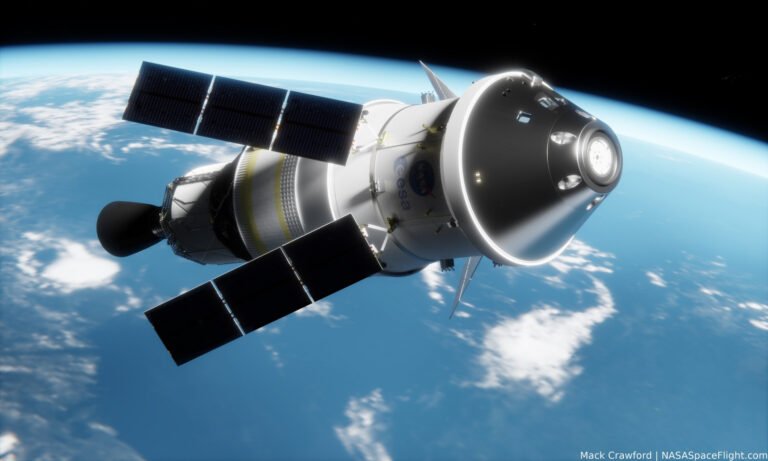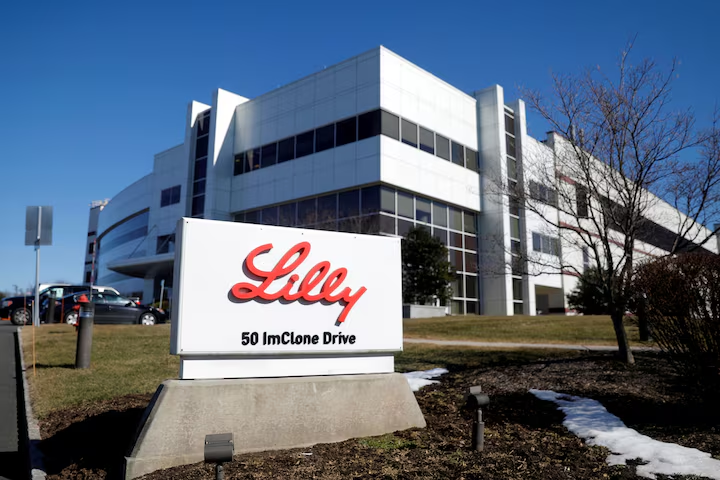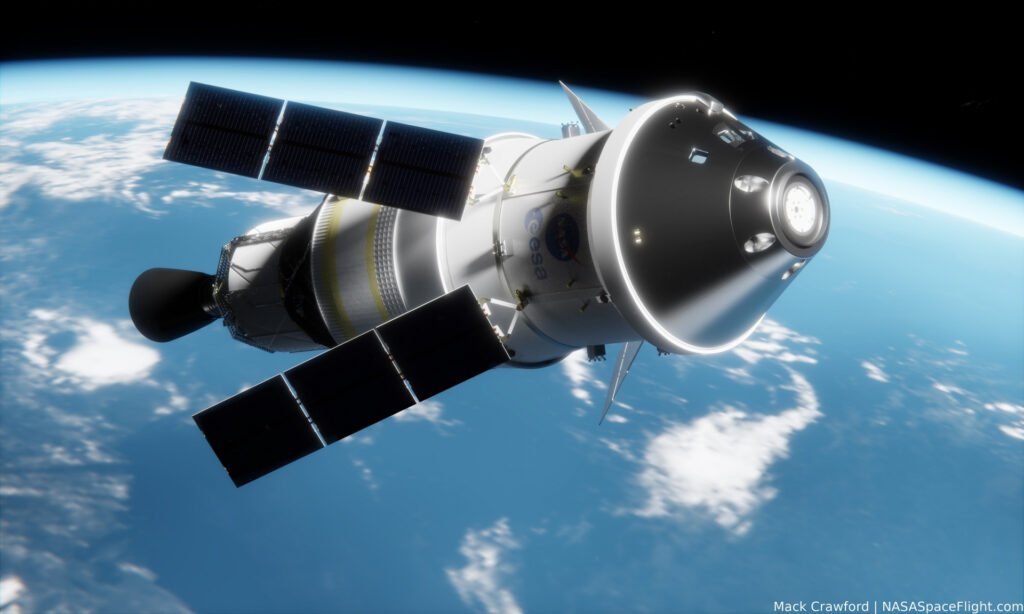The race to the Moon is a team effort. It is fueled by private companies and international partners. The NASA Artemis Program is a huge initiative to return humans to the lunar surface. It has been in the news lately. Two major stories recently made headlines: a new lunar rover contract and a growing international alliance. These developments highlight a new approach to space exploration. They show how a global network of partners is helping NASA reach its goals. It is a very exciting time for space exploration.
Firefly Aerospace and the NASA Artemis Program
NASA’s Commercial Lunar Payload Services (CLPS) initiative is a key part of the Artemis program. It helps speed up lunar exploration by working with private companies. NASA recently awarded Firefly Aerospace a new $176.7 million contract. The company will deliver two rovers and scientific instruments to the Moon’s South Pole. This mission has a launch target of 2029. It will support the NASA Artemis Program goal of better understanding the Moon’s resources. Scientists will specifically look for water ice, which is critical for future human habitats.
The mission will deploy two advanced rovers: MoonRanger and a rover from the Canadian Space Agency. These robotic explorers will study the lunar surface. They will collect data on its chemical composition. This partnership shows how NASA uses private sector speed and agility. It allows the agency to focus on its bigger goals while commercial partners handle the logistics.
A Growing Alliance for Space Exploration
Space exploration is no longer just for a few nations. The Artemis Accords, a U.S.- and NASA-led initiative, establish principles for peaceful space exploration. In July 2025, Senegal became the 56th nation to sign the accords. This is an important milestone for the program’s global reach. Other countries, including Norway, have also recently joined. These international partnerships are critical for the long-term success of the NASA Artemis Program.
The Artemis Accords are based on several key principles. These include the peaceful use of space, data sharing, and the mitigation of space debris. Therefore, as more countries and companies explore the Moon, they follow a shared set of rules. This alliance is not just about technology. It’s about building a future of responsible space exploration for everyone.
How Private Companies Are Fueling the Program
The partnership with private companies is a major change for NASA. In the past, the agency built everything itself. Now, NASA acts as a customer, allowing private businesses to innovate and compete. This model has already proven successful. For example, Firefly Aerospace completed a lunar landing earlier this year. This competitive approach fosters a new space economy. Furthermore, it helps NASA achieve its goals more efficiently. This collaboration is the true engine driving the new era of lunar exploration.
The Future of the NASA Artemis Program
The recent developments are part of a larger strategy. The NASA Artemis Program aims to build a sustainable human presence on the Moon. This goal is impossible without a global alliance and a strong commercial ecosystem. The rovers being developed by Firefly will give future human missions vital data. The nations signing the Artemis Accords will ensure that this new frontier is explored peacefully. The future of lunar exploration is collaborative, commercial, and global.
For more news and updates, please visit PFM Today.













